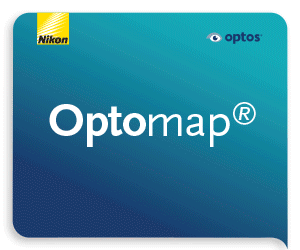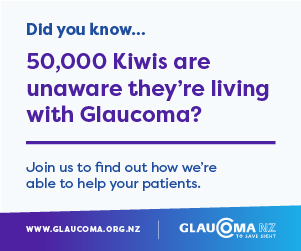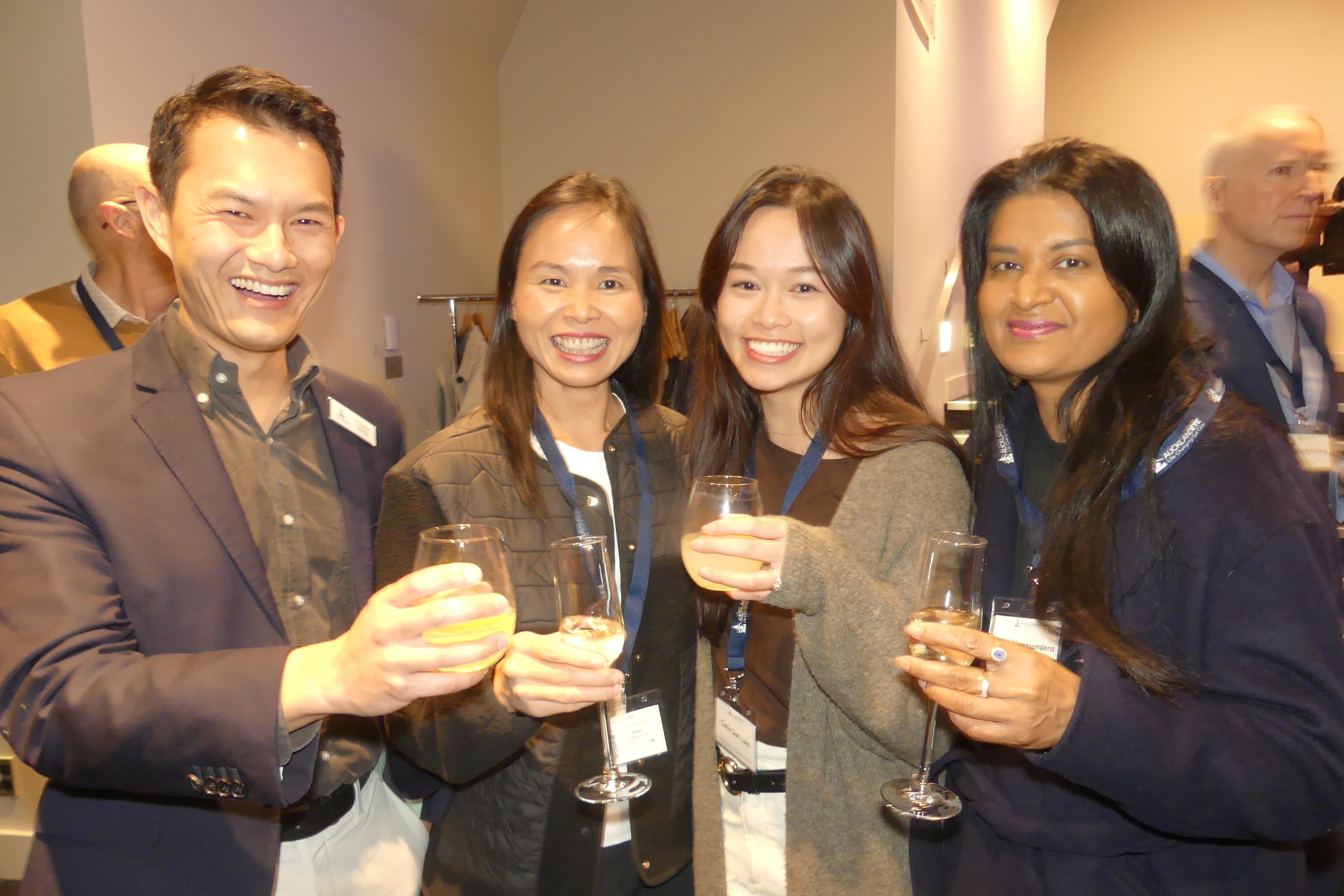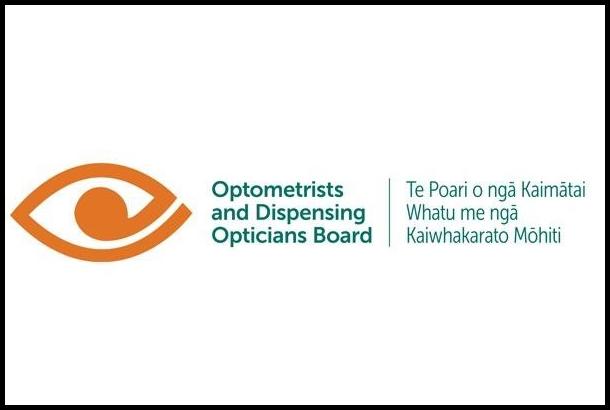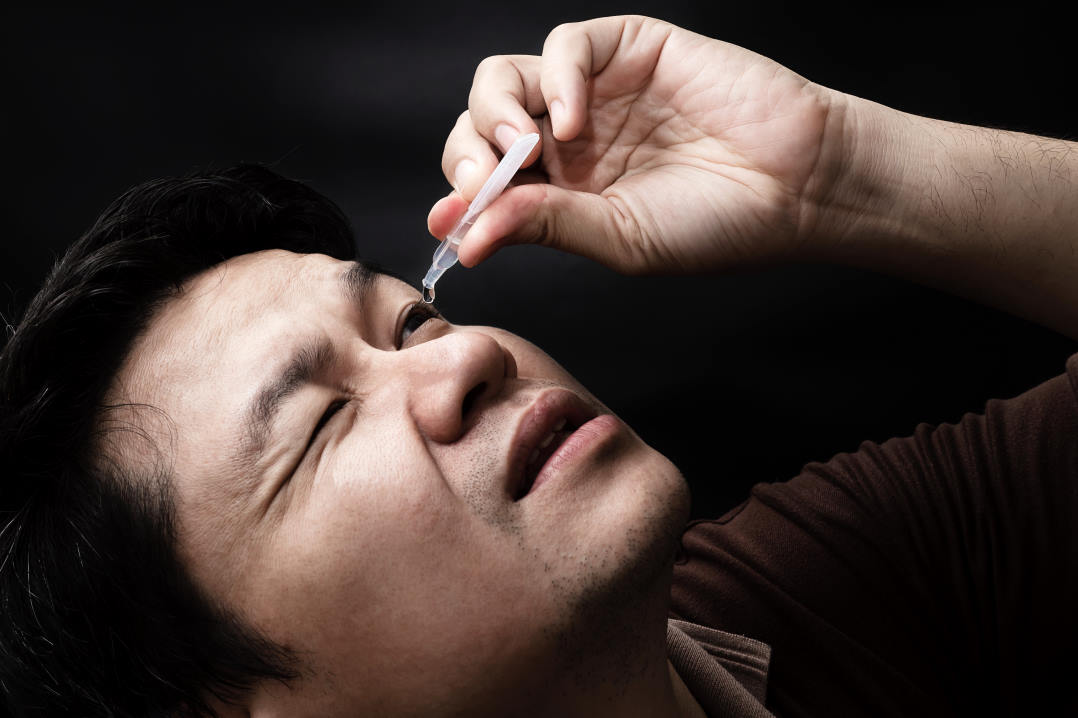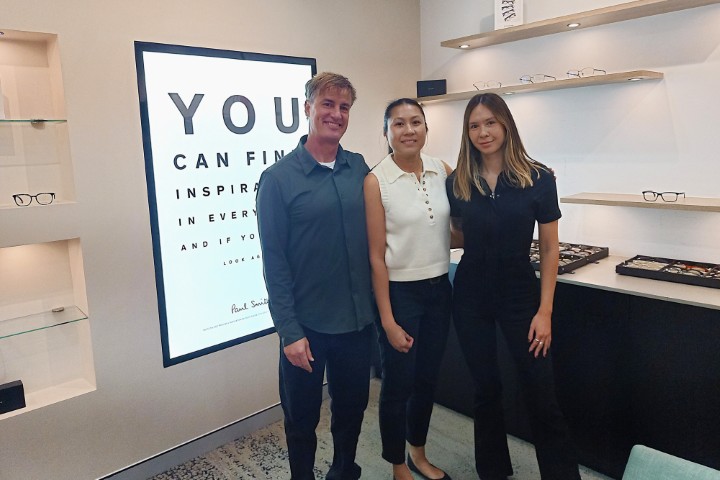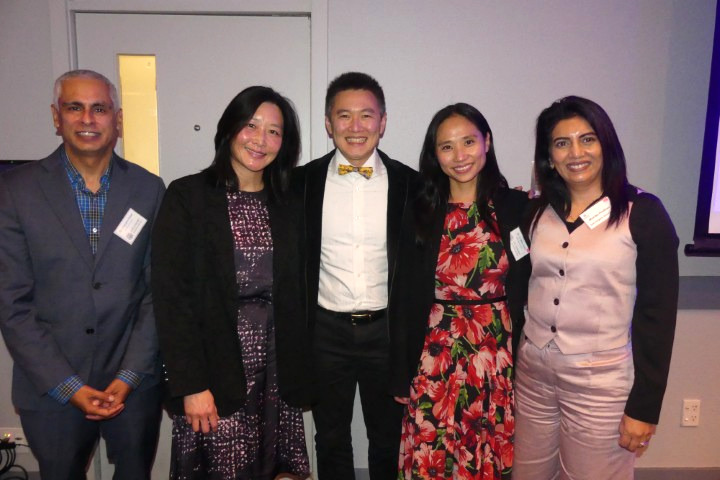Oz drive to unionise optometry – how do we fare?
Led by grassroots movement Phoropter Free Fridays (PFF), optometrists in Australia are heeding the call to join the Health Services Union (HSU) advocating for fair compensation, improved workplace conditions, patient-focused practices and better support for professional growth and career pathways.
PFF, a collective of employee optometrists and independent owners, was formed in response to widespread concerns about burnout, unsustainable workloads and the erosion of clinical standards. “PFF exists because, despite our commitment to delivering high-quality, evidence-based care, we face systemic barriers,” the group said in a statement.
A recent study commissioned by Optometry Australia (OA) showed a deeply dissatisfied workforce under severe stress with optometrists describing environments with low psychological safety, a culture of fear and being treated like a “human robot”, PFF said. Hundreds of optometrists have joined HSU in recent months, according to PFF. “We don’t need a majority of optometrists in Australia, although that is the long-term goal. Even a modest number of unionised employees across different businesses allows us to enact meaningful, localised change that can ripple outward,” it said.
While the OA didn’t comment on whether it supports the move to unionise, it did say that its recent workplace survey made it clear that many optometrists experience high job demands and insufficient job resources, leading to strain, dissatisfaction and moral distress. “Many (optometrists) clearly feel highly pressured in their workplace and there is a clear need to redesign workplace systems to ensure optometrists can practice with clinical autonomy and realise satisfying and sustainable careers,” OA said.
“As the peak professional body, we are advocating for systemic change to ensure workplace practices protect the integrity of clinical decision-making, safeguard patient and practitioner wellbeing and facilitate fulfilling professional experiences. Optometry Australia’s updated position statement on workplace conditions is a foundational step but it’s not the final one. We recognise that meaningful change requires coordinated, multi-level action.”
OA said it is collaborating with key industry stakeholders to highlight issues, explore solutions and drive reform while also expanding individual employment, HR services and support for members experiencing challenging workplace conditions. It is also working to identify evidence-based opportunities to address workforce maldistribution and planning to ensure better access to care for communities and more sustainable employment opportunities for optometrists across Australia.
Should we do the same in NZ?
Speaking to New Zealand practitioners, there is also a growing unease, with many voicing similar concerns to those surfacing in Australia: working conditions, erosion of professional fees and unregulated new entrants. However, while the sense that urgent change is needed appears to be unanimous, views on who should lead that effort differ.
“NZ optometrists need to unionise as it’s the only immediate way of keeping the profession sustainable,” said one optometrist who wished to remain anonymous. “The New Zealand Association of Optometrists (NZAO) needs to lead the charge and see it through to the end. Unionising needs to be on the agenda at the next NZAO AGM, preferably after polling its members, otherwise the association risks being unfit for purpose and then totally irrelevant.”
Suggesting a different path, an anonymous NZAO member said New Zealand needs its own PFF chapter to help drive change. “The fundamental issue is that many optometrists, both current NZAO members and those considering joining, mistakenly believe NZAO functions as a union. It doesn't. NZAO represents approximately 50% of registered working optometrists in New Zealand and, crucially, it does not advocate for workers' rights, wages or employment conditions.”
However, if NZAO continues to push for further scope expansion without union representation, it simply provides more profit opportunities for employers while wages remain static, the member said. “What optometrists need is real collective bargaining power, protection against job-displacement technologies, genuine wage advocacy, working-condition improvements and a voice that represents workers, not business owners.
“The Australian experience with PFF joining the HSU shows this model works. NZ optometrists deserve the same opportunity to organise collectively and fight for their economic interests, rather than relying on a professional body that fundamentally serves different masters,” the member said.
Transparency as an alternative?
Having conducted several optometry salary surveys, Robert Ng, University of Auckland teaching fellow, said he believes the argument for better pay and conditions isn't as simple as unionising. “Fundamentally, collective agreements should allow for better pay and working conditions. But, in the New Zealand optometry landscape, this would be difficult as most optometrists work in the private sector – both corporates and independents – and collective agreements would be easier to attain in the public sector. An easier method to improve pay would be being more transparent with pay, as my salary surveys and others – like the Association of Dispensing Opticians New Zealand’s – suggest.”
Still, there seems to be a strong reluctance by NZAO to conduct such surveys, Ng said. “My interpretation of the association is that it is a white-collar union and therefore a salary survey is ‘association 101’,” he said.
NZAO president Hadyn Treanor said the council has considered whether NZAO should be more involved in advocating for improvements in working conditions in optometry practices. “As an association we have made the conscious decision not to be involved in this space. This is because in many practices both the employee and employer can be equal members of the association and we would not be in a position to take one side over the other. Many employers also contribute towards their employees’ association fees. It would be safe to assume that they would become reluctant to do so, should that association begin organising the same employees against them.”
He said the NZAO is aware of the changing landscape in which optometrists practice and is following what is happening in Australia with interest. “With over seven times as many registered optometrists in Australia than in New Zealand, it will be interesting to see whether there will be sufficient weight of numbers there to influence workplace conditions.”




